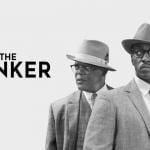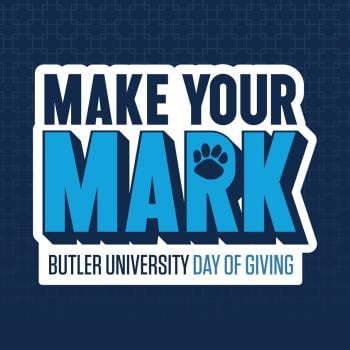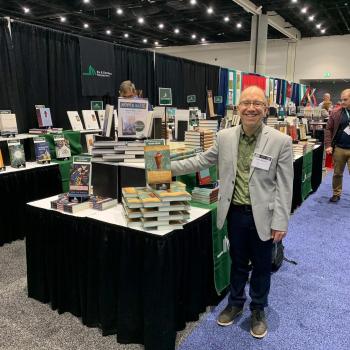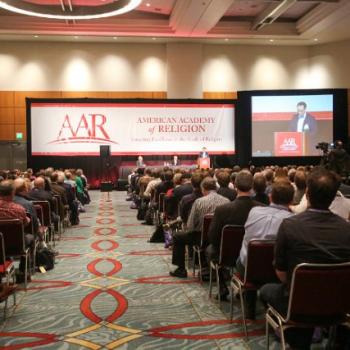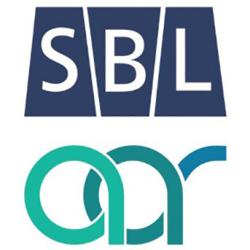Returning after a very long break to my recap of this deeply meaningful event that took place in November 2019 in San Diego. This post covers the first part of Day Two. The day was so rich and full of helpful insights that sharing the notes I took easily fills multiple posts. I hope that sharing them benefits others even though these posts cannot do justice to the experience.
The morning began with a session on “Vocation, Interfaith, and Religious Studies in the Classroom.” It featured Marty Stortz (from Augsburg, a very diverse context), Matt Maruggi, Trina Jones from Wofford, a Methodist institution that is growing every year as the southeast experiences a boom in higher education), and Anita Houck (from a small Catholic women’s college in South Bend–famous now for Pete Buttigieg–where a religion course is required, but there is no coherent institutional approach to vocation).
Stortz said her focus is on understanding who the students are in front of her. Christians have shrunk from 64% to 38% of the student population over 10 years, while non-Christians tripled to 16%, no affiliation rose to 17%, and interestingly “not reported has dropped.” Now 13% are Muslim, and there are 3 mosques near campus where in the past there would have been 5 churches, all Lutheran. These students respond to talk of meaning and purpose, while “vocation” makes their eyes glaze over. Students consistently come in with the question “Am I in the right place?” That provides a direct link to discussing the topic of vocation, whatever terminology you may use.
Ask students to identify the roles they inhabit and the responsibilities of each. What will they do when different roles conflict, e.g. marketing major/future professional and mother.
Path as a metaphor is more prominent in the Catholic tradition than among Protestants. Perhaps this is due to the practice (however less common in our time) of pilgrimage. That custom also exists in Islam, perhaps providing a point of contact or bridge. Different images will work for different people, and some metaphors will have a detrimental impact on particular students at particular moments. Sometimes discerning the relationship between majors and minors, or even choice of courses, and vocations is challenging. The following categories can all be appropriate for vocational exploration for some students and in some contexts:
People: An example was given of a Hmong student who knew she wanted to be an activist on behalf of her people, and was not sure about her major. Focusing narrowly on what role she might or might not play would have discouraged her.
Perspective: Vocation is a lens, a vision, a way of saying “this is where I stand, what I stand for, how I see the world.” Vocation can be an identity, expressing core commitments that animate how we want to ‘show up’ in the world.
Activity: What is the noun and what are the qualifying adjectives when it comes to our sense of vocation? Are you a Christian feminist or a feminist Christian? Knowing who we are can be the centerpiece in vocational exploration.
Story: “There is a narrative arc to each life.” Help students realize they have a story to tell. Reading religious autobiography helps. An Afghani Muslim female student opined, “I never get to write like this in my major (biology) and I love it.” Stortz suggested that the Jews historically, not having a homeland, have had to live in stories, and this provides a resource.
Houck’s presentation included some amazing details. For instance, there are 37 1/2 hours of class in a typical semester in a 3-credit hour course. That means we actually have less time with students than anyone has in their job in a typical work week. To put it another way, we have insufficient time to accomplish what we want to.
Her course aims break down into two parts: fail, and fail better. Her intro to religious studies falls under the heading “Exploring the Good Life.” She has students read William Cavanaugh on why you can’t do whatever you want. There is a focus on “a life beyond ‘Do What You Love.'” She quotes Neil Gaiman on the virtue of failure. Virtue is one helpful way to approach vocation, as we focus on becoming who we are called to be. Virtue is applicable to any career path.
We need an academic journal called “It seemed like a good idea at the time,” rather like the idea of a Journal of Negative Results. “Obituaries don’t have a thesis.”
Top 10 ways to teach vocation:
- On course outcomes go bold. Purpose of course is to make the world a better place. Give that as feedback.
- Keep the Neil Gaiman quote. Refer back to it when students fail.
- Religious studies requires virtues such as humility. Did a student offer what you consider to be an ignorant comment? Express appreciation for the honest first reaction.
- Integrate ungraded self-reflection (for every assignment).
- Integrate virtue and vocation language into grading.
- Don’t write grades on essays. Grades are evil. They keep students from reading comments. Tell them they can ask for a grade if they want it.
- Apologize when you screw up. It illustrates humility.
- Contemplative pedagogy. 68.3% of students said they feel overwhelming anxiety.
- Include case studies if there’s time, and definitely integrate humor
- You can’t be everything you want as an educator.
Hopefully at a time when many academics are either finding they cannot go to conferences, or wondering whether future conferences will be canceled, or wondering what to make of how they perceive things to have gone this semester, sharing this now will be more useful than it might have been if I had done so in November of last year. If this is useful, please do let me know, and do also convey your appreciation to the folks at NetVUE who facilitate so much work and reflection on this topic. I don’t know what will happen with their next in-person gathering of faculty who are concerned with vocation. But I hope to be there if I can.
Stay tuned for parts 4 and 5…



